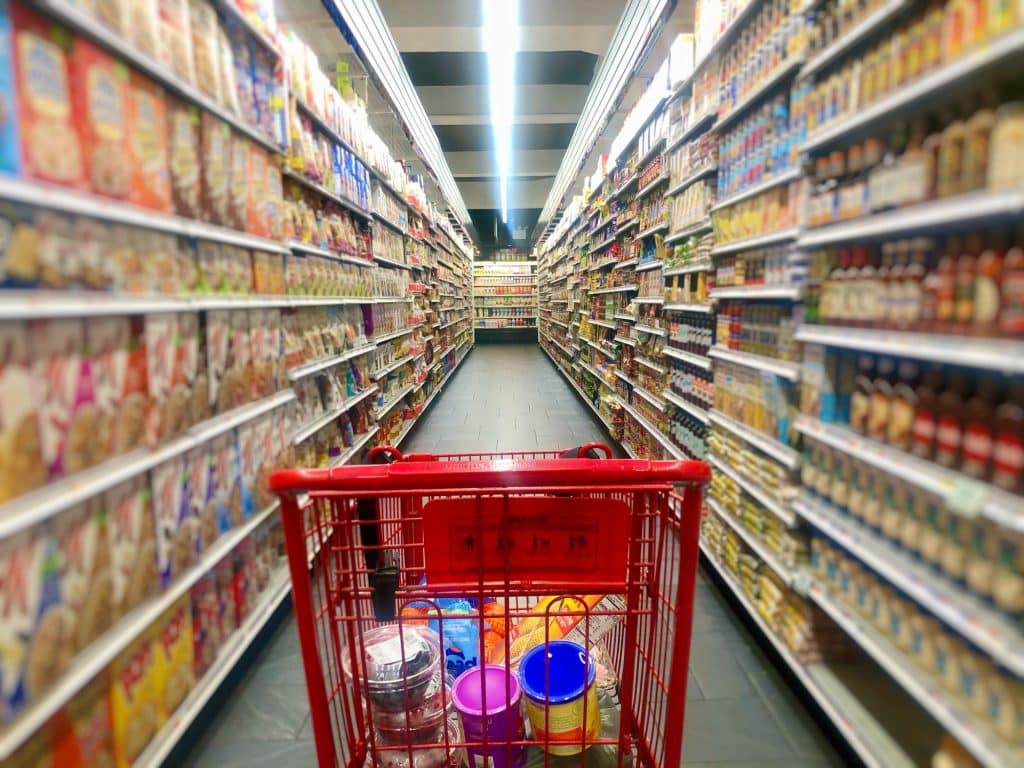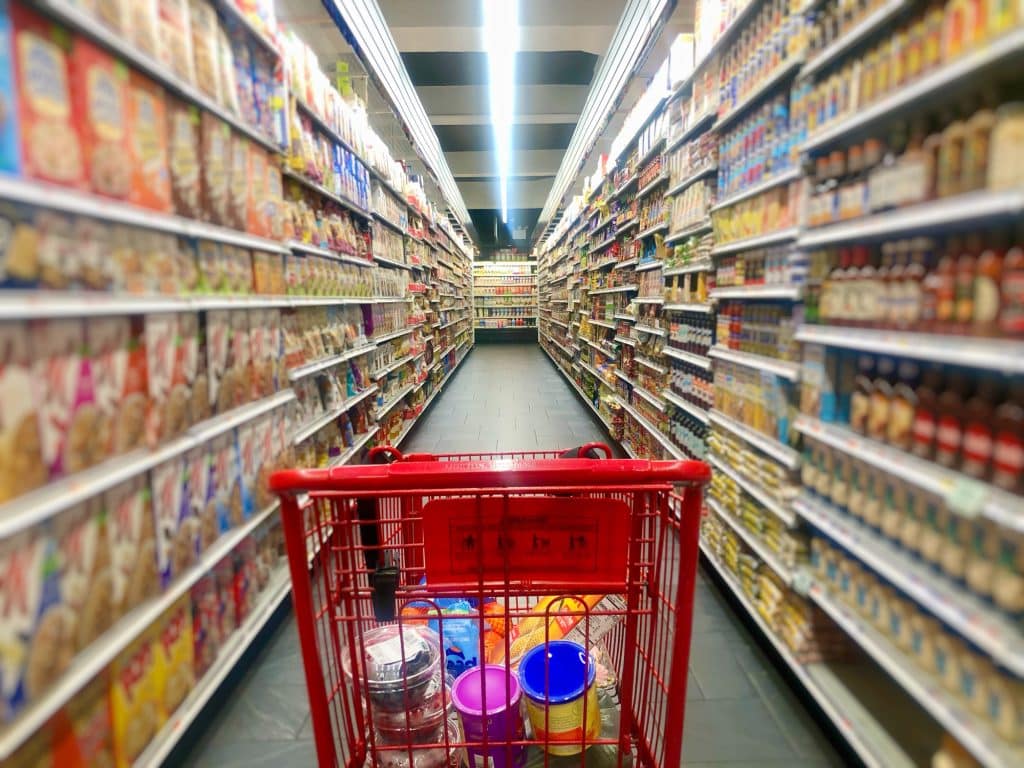For decades, the traditional shopping cart has accompanied our weekly grocery trips, making it easier to transport our purchases within supermarkets. Practical, sturdy, and familiar, it has become an essential symbol of large-scale retail. However, its reign may be coming to an end. A technological revolution is underway, and classic carts could soon be replaced by other types of trolleys equipped with innovations aimed at transforming our shopping experience.
Faster, more practical, and capable of saving us precious time, these new trolleys promise to reduce checkout lines and enhance customer comfort. So, what can we expect? How will these technologies change the way we shop? And what are the implications for supermarket staff? Let’s dive into the future of grocery shopping.
The evolution of the cart: from metal to digital
The shopping cart as we know it today originated in the United States in 1937 and has gone through decades without major upheavals. In France, it gained prominence in the 1960s with the rise of hypermarkets and became an everyday essential. However, despite some adjustments in materials and design, its functionality has remained unchanged: a metallic structure on wheels allowing customers to navigate freely through the aisles.
In recent years, alternatives have started to emerge. Some retailers have attempted to lighten these carts, make them more maneuverable, or even more environmentally friendly. Recently, Caddie, a French leader in supermarket cart manufacturing, announced the end of plastic model production, focusing exclusively on metal for environmental reasons.
However, a more radical transformation is underway: the arrival of connected carts, which combine digitization, artificial intelligence, and automation to enhance consumers’ shopping journeys.
Connected carts: a revolution for consumers
The concept of an intelligent cart is not new, but it is finally being realized in various French retailers. Intermarché, for example, has a pilot store in Provins testing carts equipped with touch screens, smart cameras, and a real-time item recognition system.
The principle is simple: instead of scanning each product one by one at the cashier, the connected cart automatically recognizes the items placed in its basket thanks to computer vision, an artificial intelligence technology capable of identifying objects in milliseconds.
The benefits are significant:
- A huge time saver: no need to empty your cart on the checkout belt; everything is tallied in real-time.
- Better budget management: the integrated screen shows the total of the purchases as items are added, preventing unpleasant surprises at checkout.
- A smoother experience: no more waiting, less stress, and easier interaction with the store.
Additionally, some versions incorporate personalized promotional offers based on purchases made, allowing customers to benefit from discounts tailored to their shopping habits.
Is it the end of traditional checkouts?
If these carts become widespread, one question arises: are traditional checkouts destined to disappear? The idea of a supermarket without queues, where payment occurs automatically upon exiting the store, is increasingly appealing to consumers.
Amazon Go has already taken this step with its cashier-less stores, where cameras and sensors track every item taken by a customer. In France, Carrefour tried a similar model with its Flash 10/10 concept, a store where you simply grab your products and leave, with payment processed automatically.
If connected carts follow this trend, they could very well herald the gradual end of traditional checkouts, at least in specific supermarkets where technology can be easily implemented.
An impact on employment and store organization
While these innovations promise a better experience for customers, they also raise concerns, particularly regarding the future of cashiers. Increasing automation in supermarkets could reduce the need for checkout positions, in favor of new roles related to technological assistance and management of connected carts.
However, it is unlikely that humans will completely disappear from supermarkets. Consumers will always need human contact for advice, resolving technical issues, or checking certain sensitive purchases (alcohol, tobacco, etc.). The shift towards smart carts will likely necessitate a retraining of some positions rather than outright elimination.
Moreover, stores will need to invest heavily in these new technologies, which could slow their rapid deployment. Not all supermarkets have the same resources, and smaller retailers may take longer to adopt these innovations.
An inevitable transformation, but at what pace?
The adoption of connected carts is part of a global evolution in retail, where customer experience is becoming increasingly smooth, rapid, and digitized. Consumers are accustomed to online shopping, contactless payments, and mobile apps. It is therefore logical that supermarkets follow this trend and offer a more intuitive shopping experience.
However, some challenges remain to be addressed:
- The cost of new infrastructures: installing smart carts is a substantial investment for retailers.
- Consumer acceptance: some shoppers, particularly seniors or those unfamiliar with technology, may find it challenging to use these new tools.
- Data protection: these carts collect information about our shopping habits. How will it be secured and utilized?
If these challenges are overcome, it is highly likely that traditional carts will gradually disappear in favor of these new connected tools.


